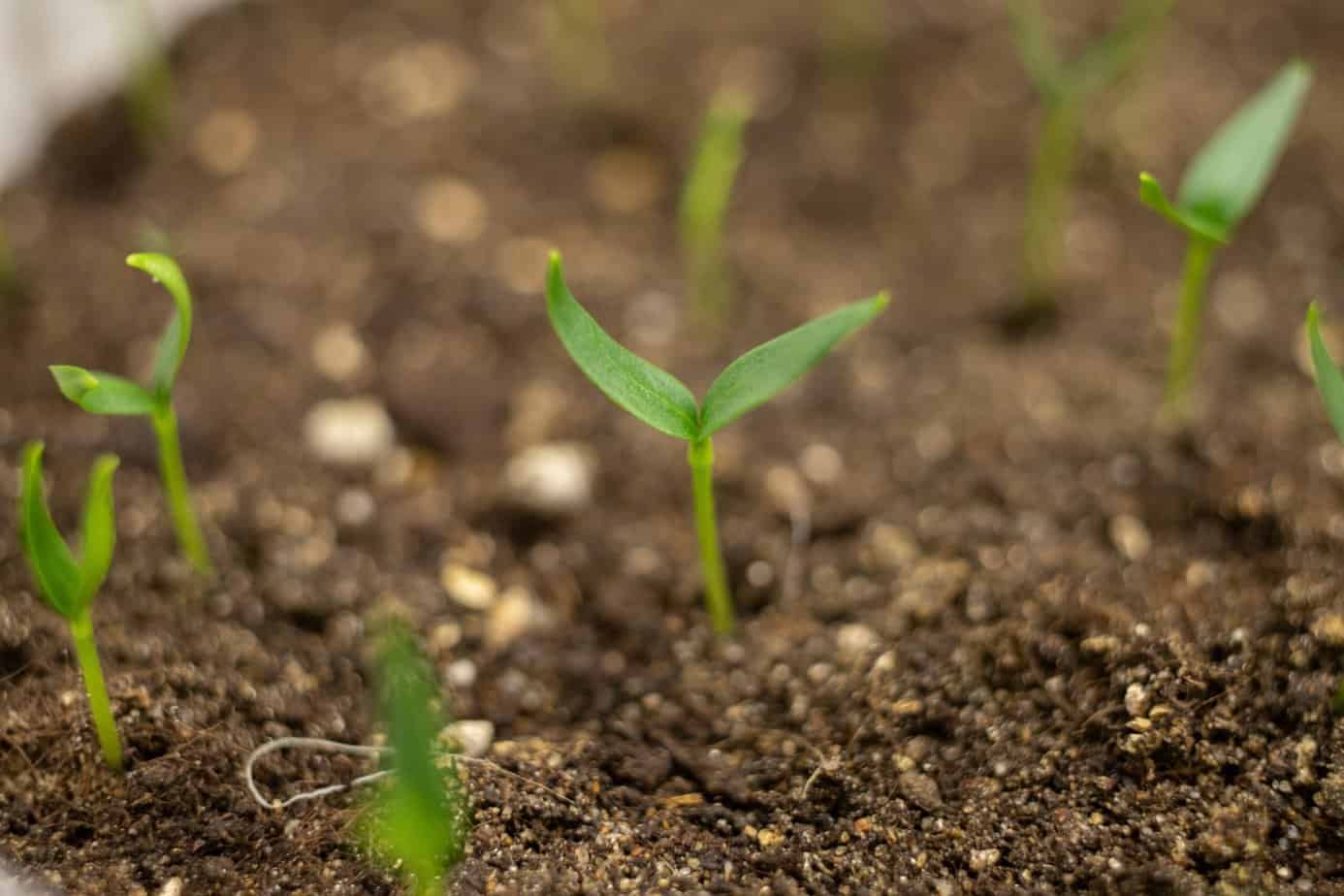As a beginning gardener, you might be excited to start sowing seeds and watch your garden flourish. However, you may come across certain seeds that require special treatment before they can germinate. One such method is cold stratification, which mimics the natural conditions seeds experience during winter. In this blog post, we will explore what cold stratification is, why it’s necessary for some seeds, and how you can effectively use this technique to enhance your gardening success.
What is Cold Stratification?
Cold stratification is a technique used to break seed dormancy by exposing seeds to a period of moist, cold conditions. Many plant species, especially those native to colder climates, have evolved mechanisms to ensure that their seeds remain dormant until the optimal time for germination. These seeds require specific environmental cues, such as exposure to low temperatures, to signal that it is safe to start growing.
Why Do Some Seeds Need Cold Stratification?
Seeds that require cold stratification often come from plants that naturally grow in regions with cold winters. The chilling period helps to break down the seed coat and allows water and oxygen to penetrate, which are essential for germination. By undergoing this process, the seeds are prepared to germinate in spring when conditions are favorable for growth.
Seeds that commonly benefit from cold stratification include many trees like oak, maple, and pine, as well as shrubs like dogwood and viburnum. Perennials such as Echinacea, black-eyed Susans and lavenderr, and some wildflowers and native grasses, also frequently rely on this process. Understanding the specific requirements of the seeds you’re working with will help you determine whether cold stratification is necessary.
How to Cold Stratify Seeds:
- Research seed requirements: Before starting the cold stratification process, research the specific seed requirements for the plant you wish to grow. Some seeds require longer periods of cold. And some may need scarification (scratching the seed coat) before stratification.
- Collect seeds: Collect fresh seeds from healthy plants. It’s best to gather seeds from native plants or reliable seed suppliers to ensure better success rates.
- Clean and store seeds: Remove any debris or pulp from the seeds and allow them to dry thoroughly. Once dry, store them in a cool, dark place until you’re ready to stratify them.
- Choose a stratification method: There are various methods you can employ for cold stratification. One common method is using moistened paper towels or peat moss to create a damp environment for the seeds. Another option is to sow the seeds directly into pots or seed trays filled with a moistened growing medium like vermiculite or a mix of sand and peat moss.
- Provide cold treatment: Place the seeds in their chosen stratification medium inside a sealed plastic bag or airtight container. Label the container with the seed type and date of stratification. Store it in a refrigerator or other cool location with a consistent temperature between 32-41°F (0-5°C). Avoid freezing temperatures as they can damage the seeds.
- Check seeds regularly: Periodically check the seeds for any signs of mold or rot during the stratification period. If any seeds show signs of decay, remove them promptly to prevent the spread of fungal diseases.
- Timing: The duration of cold stratification varies depending on the plant species. Some seeds require several weeks, while others need a few months. Research the specific plant’s requirements to determine the appropriate duration.
- Sowing: After the cold stratification period is complete, remove the seeds from the stratification medium and sow them according to the recommended depth and spacing for the particular plant species. Provide appropriate light, moisture, and temperature conditions for successful germination.
Cold stratification is a valuable technique for unlocking the potential of dormant seeds, enabling gardeners to grow a wider range of plant species successfully. By understanding the process and requirements of cold stratification, beginning gardeners can enhance their gardening skills and explore the fascinating world of plants that rely on this natural mechanism. So, embrace the cold and open the door to a diverse and thriving garden!

